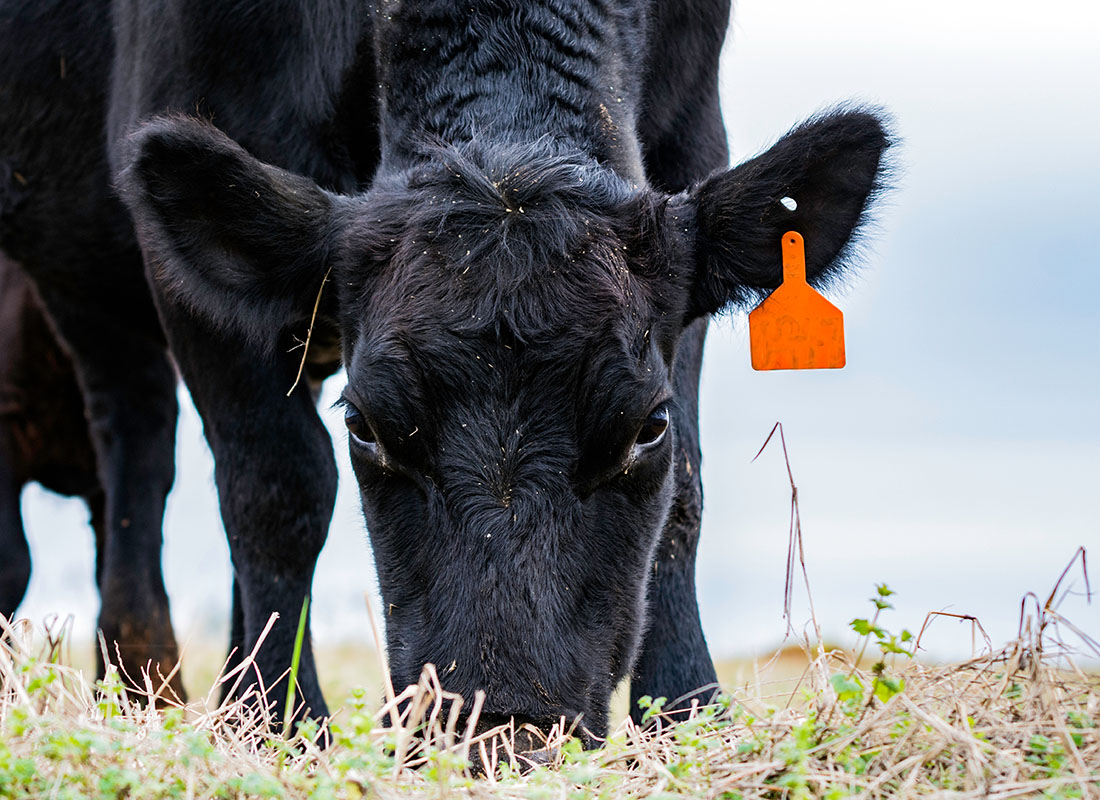Recognizing Livestock Risk Protection (LRP) Insurance Coverage: A Comprehensive Guide
Browsing the realm of animals risk protection (LRP) insurance policy can be an intricate venture for many in the farming market. From exactly how LRP insurance policy functions to the various protection choices readily available, there is much to uncover in this extensive guide that could potentially form the method livestock producers come close to threat monitoring in their organizations.

How LRP Insurance Coverage Works
Sometimes, recognizing the technicians of Livestock Danger Defense (LRP) insurance policy can be intricate, however breaking down how it works can supply clearness for farmers and ranchers. LRP insurance is a threat administration tool created to protect animals producers versus unexpected rate decreases. It's crucial to note that LRP insurance policy is not a profits guarantee; rather, it concentrates only on price risk security.
Eligibility and Protection Options

When it comes to protection choices, LRP insurance policy uses manufacturers the versatility to select the coverage degree, protection period, and endorsements that ideal match their threat monitoring demands. By recognizing the qualification criteria and protection choices readily available, livestock manufacturers can make enlightened choices to manage danger properly.
Pros and Cons of LRP Insurance Policy
When reviewing Animals Threat Protection (LRP) insurance coverage, it is crucial for animals manufacturers to consider the drawbacks and advantages inherent in this threat management device.

One of the main advantages of LRP insurance coverage is its capability to provide security against a decline in animals rates. In addition, LRP insurance provides a degree of flexibility, permitting manufacturers to customize protection levels and policy durations to fit their details demands.
One restriction of LRP insurance policy is that it does not secure against all kinds of risks, such as condition episodes or natural disasters. It is important for producers to meticulously analyze their individual risk direct exposure and financial situation to establish if LRP insurance policy is the right threat management device for their operation.
Understanding LRP Insurance Policy Premiums

Tips for Maximizing LRP Benefits
Taking full advantage of the benefits of Livestock Risk Defense (LRP) insurance needs strategic preparation and proactive threat management - Bagley Risk Management. To make the most of your LRP protection, consider the following ideas:
Routinely Assess Market Conditions: Remain educated concerning market trends and rate fluctuations in the animals industry. By keeping an eye on these aspects, you can make enlightened decisions regarding when to buy LRP coverage to shield versus potential losses.
Establish Realistic Protection Levels: When choosing insurance look at here now coverage degrees, consider your production costs, market price of livestock, and possible risks - Bagley Risk Management. Setting realistic coverage levels guarantees that you are adequately secured without overpaying for unnecessary insurance coverage
Expand Your Coverage: As opposed to depending entirely on LRP insurance coverage, think about diversifying your danger management strategies. Combining LRP with various other threat administration tools such as futures contracts or options can give thorough protection versus market unpredictabilities.
Evaluation and Change Protection Regularly: As market problems transform, periodically examine your LRP protection to ensure it aligns with your current danger direct exposure. Changing protection levels and timing of acquisitions can assist enhance your risk defense method. By following these pointers, you can make best use of the advantages of LRP insurance coverage and guard your animals procedure versus unexpected threats.
Conclusion
Finally, livestock risk defense (LRP) insurance coverage is a useful tool for farmers to manage the financial threats connected with their livestock procedures. By recognizing just how LRP functions, eligibility and insurance coverage choices, in addition to the advantages and disadvantages of this insurance policy, farmers can make informed choices to protect their resources. By thoroughly considering LRP premiums and executing strategies to make best use of benefits, farmers can reduce possible losses and guarantee the sustainability of their operations.
Livestock manufacturers interested in obtaining Livestock Danger Protection (LRP) insurance can check out a variety of qualification criteria and protection choices tailored to their particular animals operations.When it comes to insurance coverage choices, LRP insurance policy provides producers the flexibility to choose the insurance coverage level, insurance coverage period, and endorsements that ideal match their threat administration needs.To check these guys out realize the ins and outs of Livestock Threat Security (LRP) insurance policy totally, comprehending the elements influencing LRP insurance premiums is critical. LRP insurance coverage premiums are determined by various components, including the protection level picked, the expected cost of livestock at the end of the insurance coverage period, the kind of animals being insured, and the size of the coverage duration.Testimonial and Adjust Protection Consistently: As market conditions transform, periodically review your LRP insurance coverage to ensure it lines up with your existing threat direct exposure.